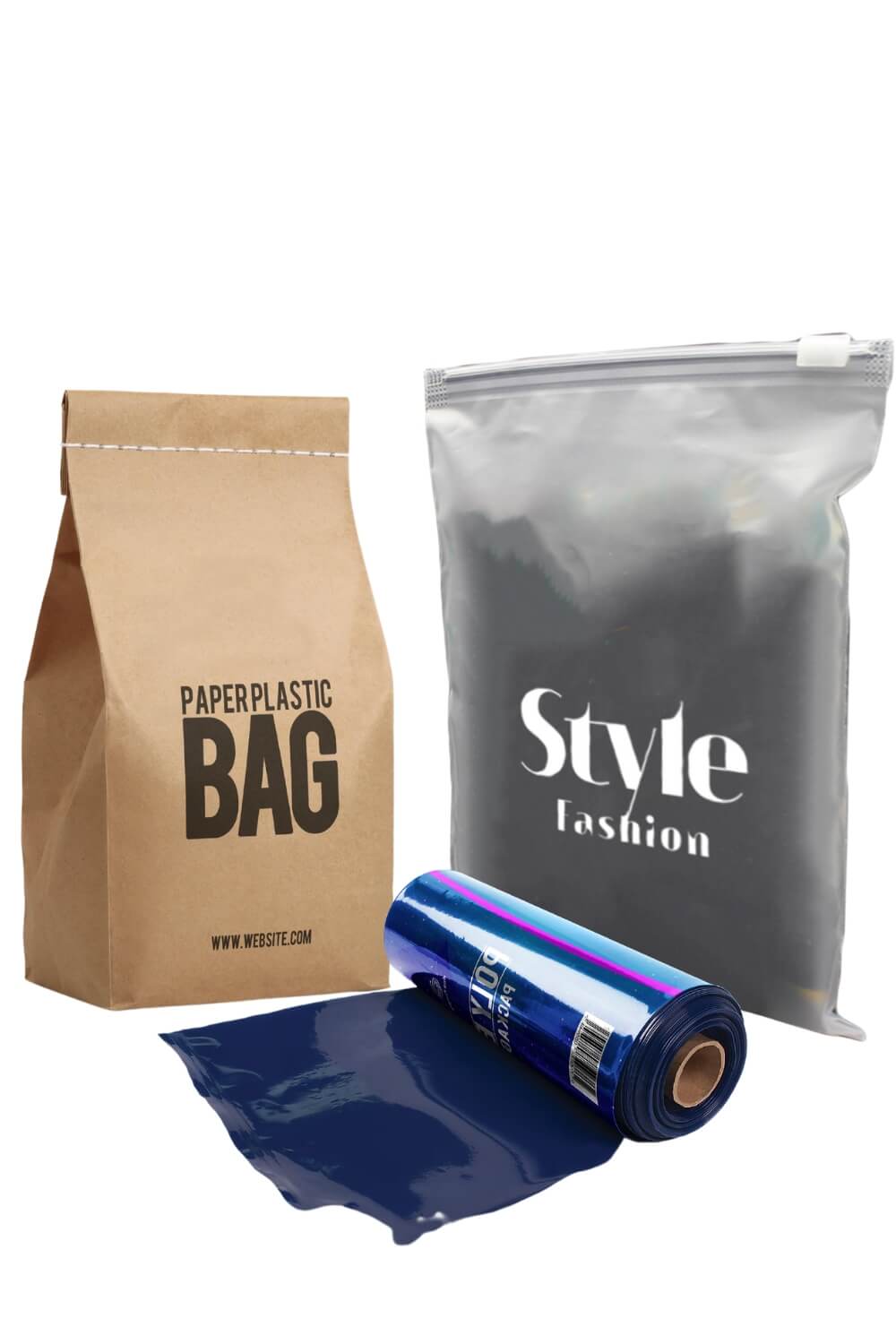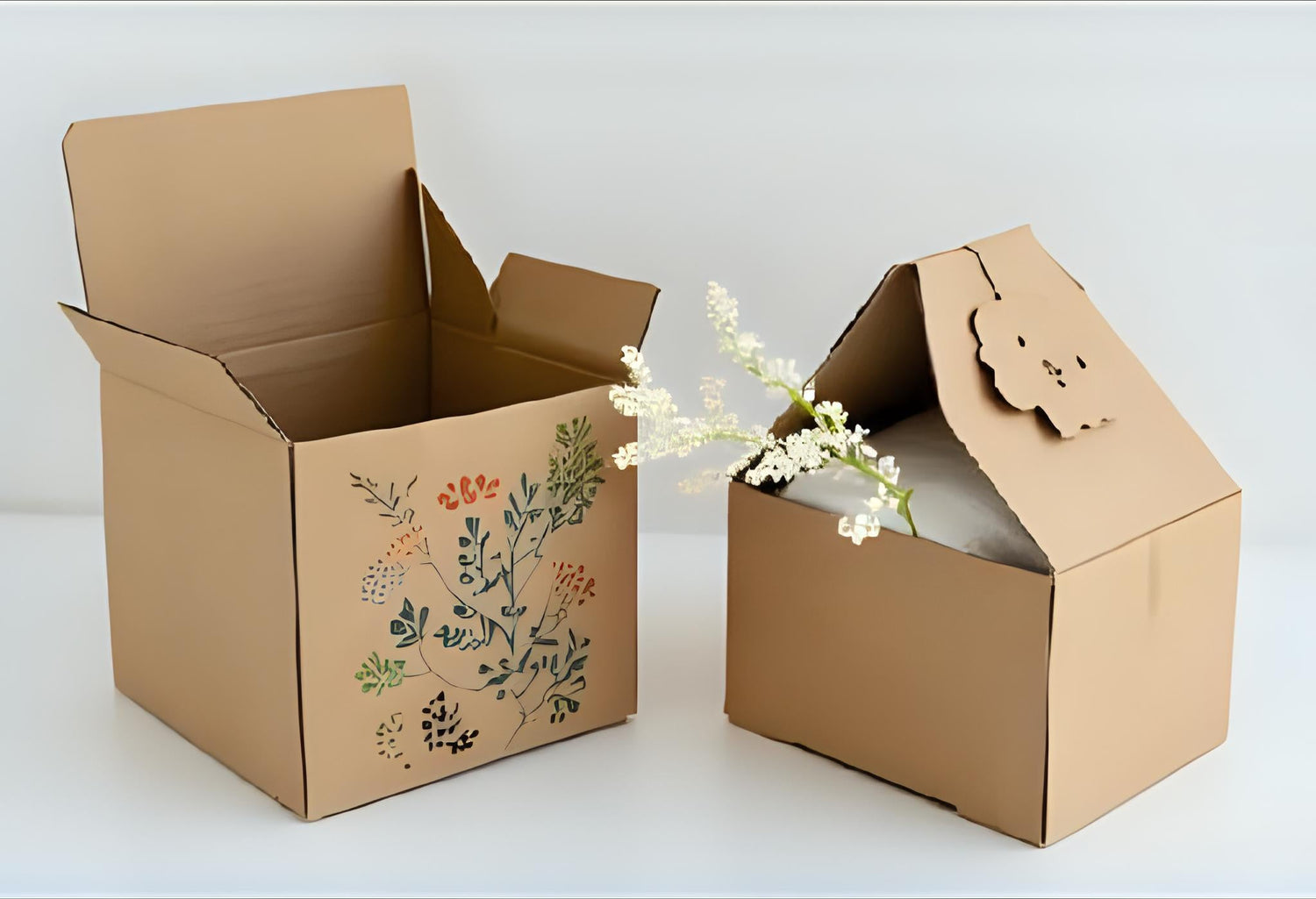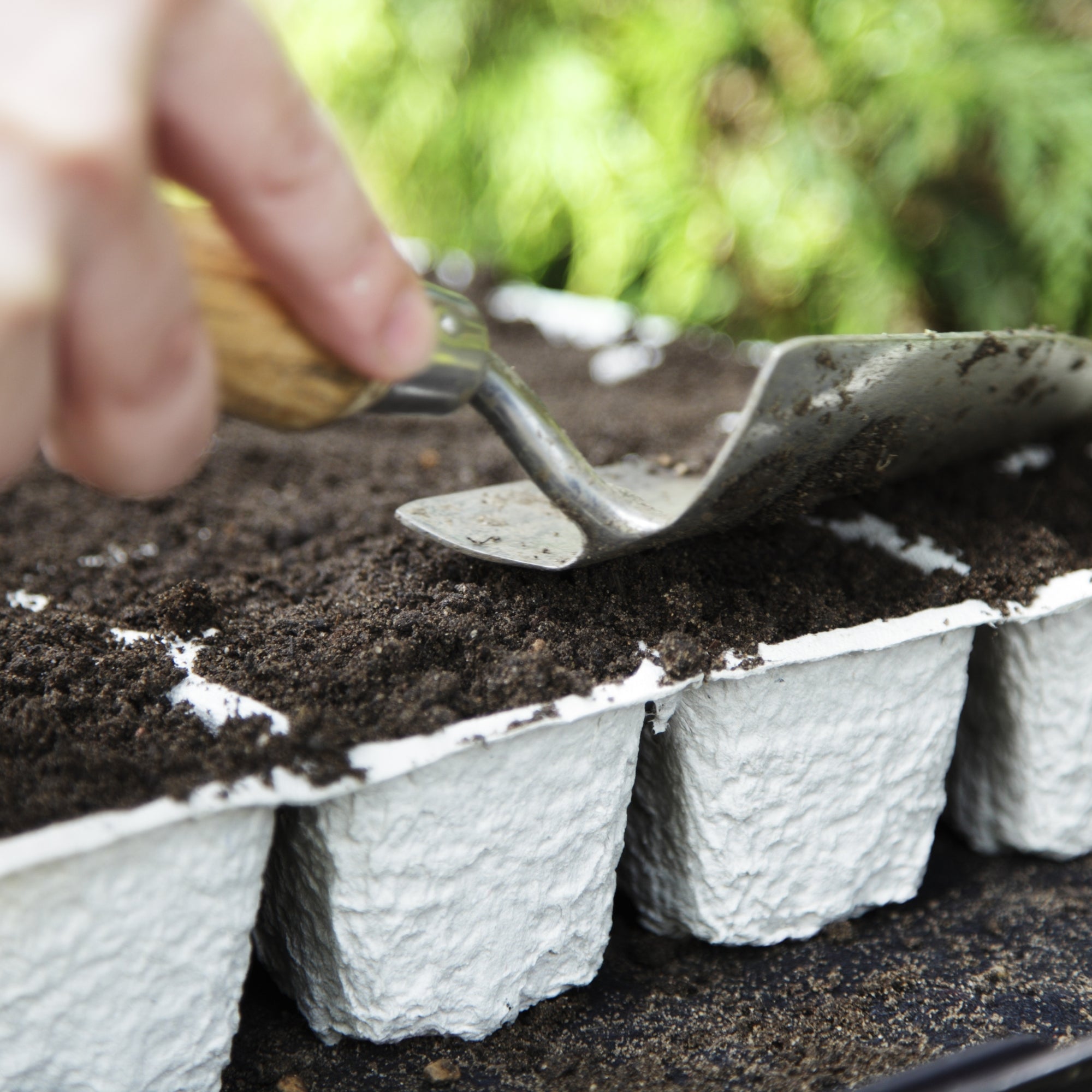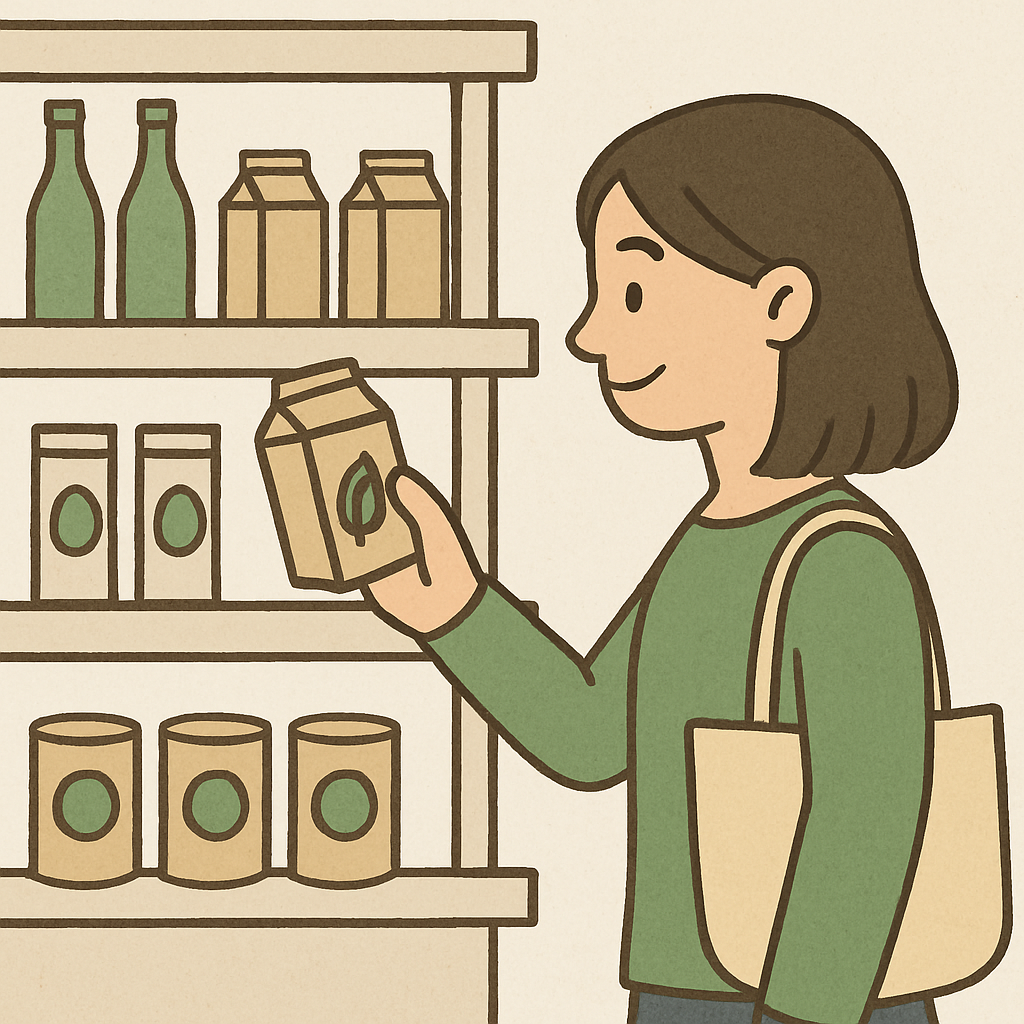1. The Global Shift Towards Eco-Friendly Packaging
In recent years, consumer awareness around environmental issues has surged dramatically. This shift is fundamentally changing the packaging industry. According to a detailed market analysis by MarketsandMarkets, the global eco-friendly packaging market is projected to grow at a compound annual growth rate (CAGR) of over 6%, reaching nearly $200 billion by 2027.
Consumers increasingly demand products packaged in sustainable materials, pushing brands to rethink their packaging strategies. Governments worldwide are also stepping in, with stricter regulations targeting single-use plastics and non-biodegradable packaging. For example, the European Union’s ban on certain single-use plastics, outlined on the European Commission’s Environment page, has set a precedent encouraging manufacturers and retailers to innovate.
Eco-friendly packaging is no longer just a marketing buzzword — it’s a business imperative. Research from Nielsen indicates that nearly 70% of global consumers are willing to pay more for products packaged sustainably, demonstrating a direct link between eco-consciousness and purchasing decisions.

2. The Advantages of Biodegradable Materials: PLA and PHA
As the demand for sustainable packaging surges, biodegradable materials like PLA (Polylactic Acid) and PHA (Polyhydroxyalkanoates) have become front-runners due to their renewable sources and environmental benefits.
PLA: A Plant-Based Biodegradable Polymer
PLA is derived from renewable resources such as corn starch or sugarcane. It offers excellent biodegradability under industrial composting conditions, breaking down into water, carbon dioxide, and biomass within months. Key benefits of PLA include:
-
Renewable sourcing: Reduces reliance on fossil fuels.
-
Compostability: Certified industrial compostable under standards such as ASTM D6400.
-
Versatile processing: Suitable for films, rigid packaging, and more.
However, PLA’s biodegradation requires industrial composting facilities, which may limit its environmental impact in areas without such infrastructure.

PHA: Next-Generation Biodegradable Polymer
PHA is produced by microbial fermentation of renewable feedstocks. Unlike PLA, PHA biodegrades effectively in a wider range of environments including soil, freshwater, and marine settings, making it highly suitable for diverse packaging applications.
PHA advantages include:
-
Broad biodegradability: Decomposes in various natural environments.
-
Biocompatibility: Non-toxic and safe for food packaging.
-
Mechanical properties: Comparable to traditional plastics in flexibility and strength.
Research highlighted by ScienceDirect shows PHA’s growing promise as a sustainable plastic alternative, especially for products targeting marine sustainability.
3. How Anacotte Packaging Leads with Sustainable Solutions
Anacotte Packaging is committed to helping brands transition to sustainable packaging by offering customizable solutions based on biodegradable materials like PLA and PHA.
Customizable Eco-Friendly Packaging Options
-
Material variety: Anacotte provides a range of packaging options utilizing PLA and PHA, enabling clients to select materials that best fit their sustainability goals and product requirements.
-
Small batch flexibility: Understanding the needs of emerging brands, Anacotte supports low MOQ (Minimum Order Quantity) orders, starting as low as 100 pieces, allowing brands to experiment and scale sustainably.
-
Functional performance: Products are designed not only to be eco-friendly but also to maintain barrier properties, durability, and aesthetic appeal, ensuring product freshness and consumer satisfaction.
Environmental and Brand Impact
By partnering with Anacotte, companies demonstrate environmental stewardship, aligning with consumer values and regulatory demands. Anacotte’s expertise and product quality empower brands to:
-
Reduce carbon footprint through bio-based materials.
-
Meet or exceed compliance with international environmental standards.
-
Enhance market differentiation with sustainable packaging.
4. Looking Ahead: The Future of Sustainable Packaging
The momentum behind eco-friendly packaging is expected to accelerate. According to Grand View Research, innovations in biodegradable polymers and increased investment in composting infrastructure will further drive adoption.
Brands that adopt biodegradable packaging early will gain a competitive edge, build stronger consumer loyalty, and contribute positively to the planet’s future.
Anacotte Packaging remains at the forefront of this transformation, continuously innovating and expanding its offerings to meet evolving market needs.






Leave a comment
This site is protected by hCaptcha and the hCaptcha Privacy Policy and Terms of Service apply.